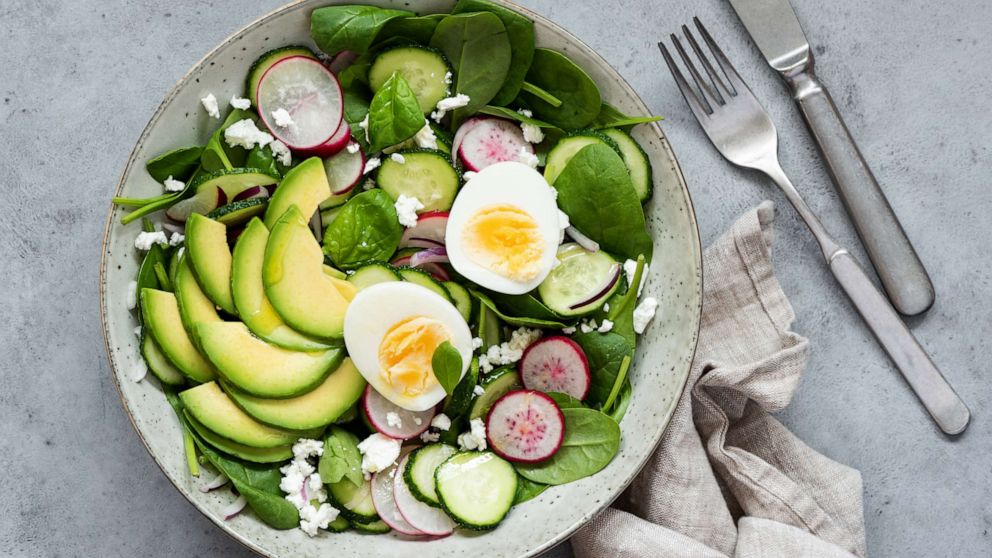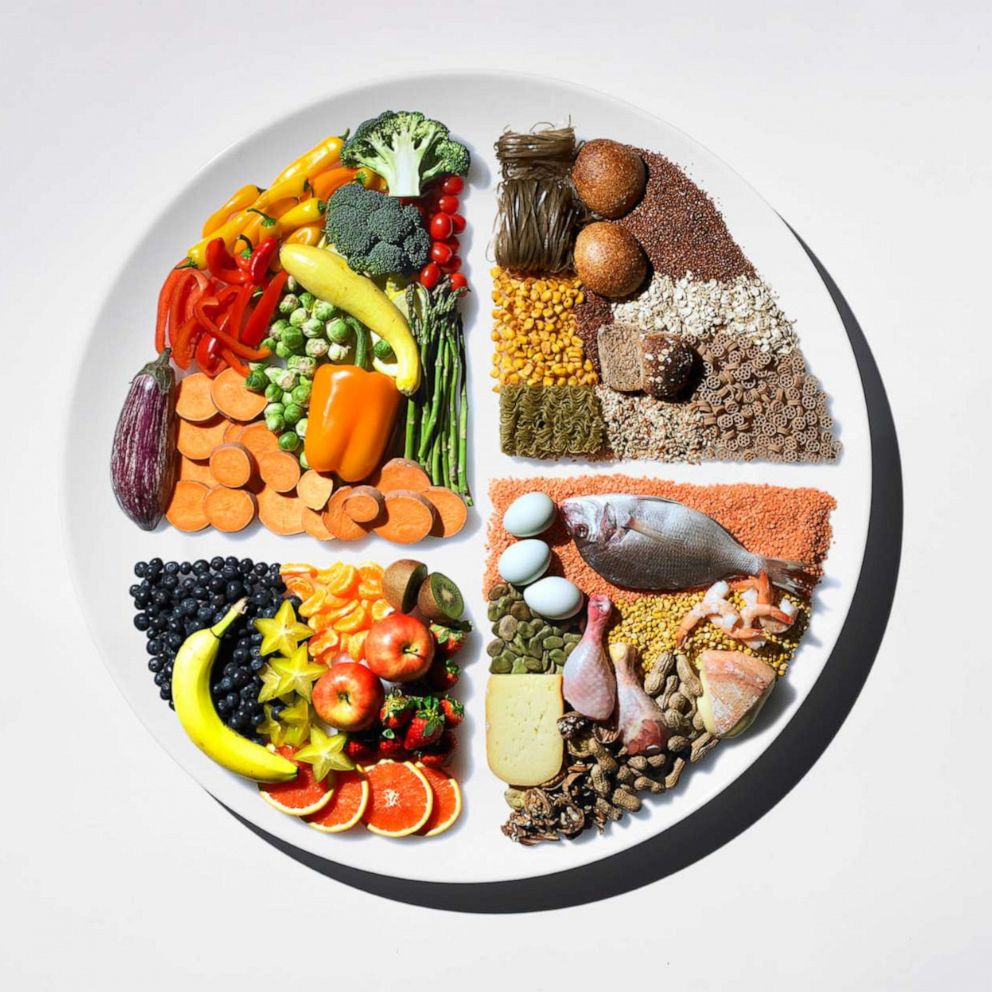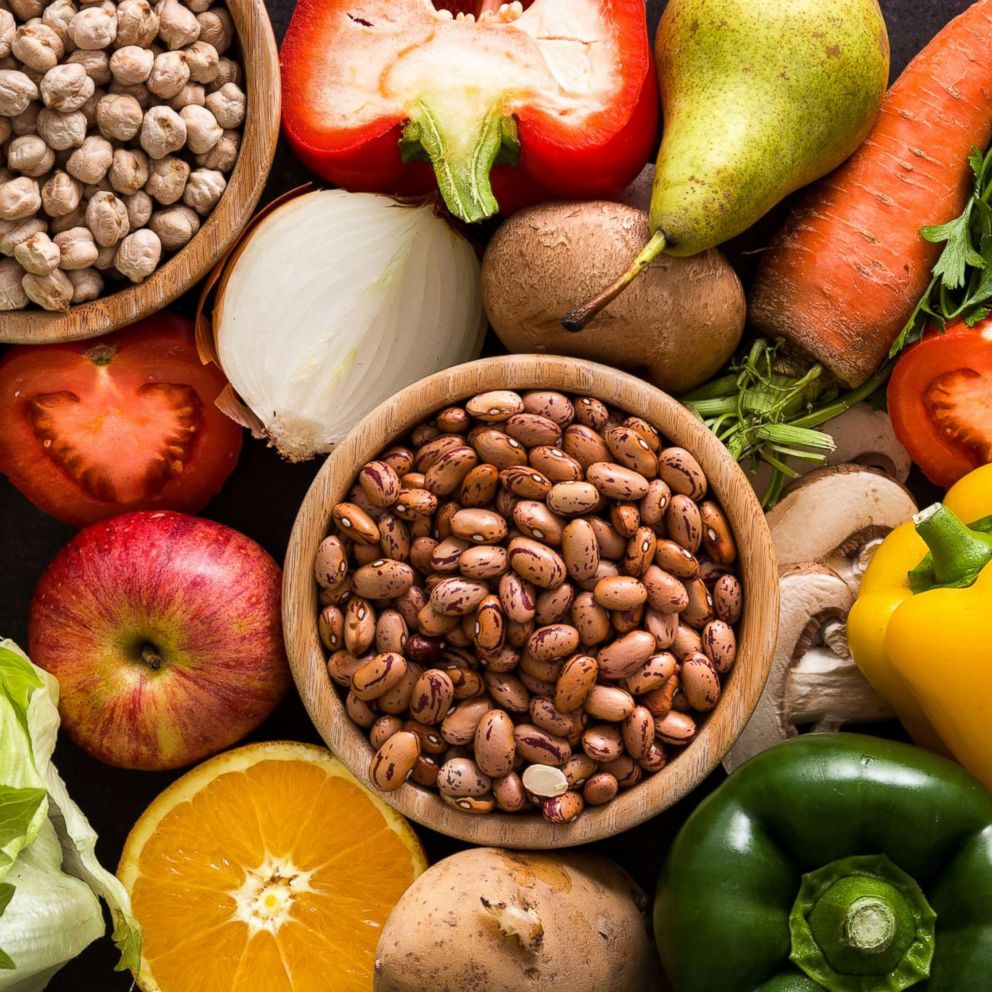What to know about 3 trendy diets for 2020: Prebiotics, plant-based and intermittent fasting

Maya Feller, MS, RD, CDN, is a New York-based registered dietitian. Here she writes about three diet trends to watch in 2020.
The year just began, but most people will give up their New Year's resolutions tomorrow, according to Strava, a social network for athletes.
But rather than quit, taking on a trendy diet can help many stay on track. And while starting a new diet can be daunting, switching up the way you eat can have many benefits.
Here are some ways to change up your diet:
1. Intermittent fasting
Intermittent fasting is nothing new, but it is emerging as one of the possible key nutrition patterns that support metabolic health. Celebrities like Jennifer Aniston, Hugh Jackman and Halle Berry have all sworn by some version of this diet, which restricts eating to certain time periods each day.
A recent review in the New England Journal of Medicine noted that time-restricted feeding may trigger a change in metabolism that may result in decreased risk of developing some diseases, including some cancers, as well as improved resistance to stress.
The easiest way to try out this diet is either by following time-restricted feeding or alternate-day fasting.
Time-restricted feeding, which is also called daily intermittent fasting, is perhaps the easiest and most popular fasting method. Under this method, eating is restricted to certain time periods each day, like 11 in the morning to 7 at night, and the fasting period is usually around 12 or more hours, including overnight.
Alternate-day fasting, on the other hand, requires severe calorie reduction every other day.
The main thing to remember when starting this diet is to have a plan that includes well-balanced food from whole and minimally processed sources with limited sugars, salts and fats, and to not eat two hours before bed.
2. Plant-based diet
Following a plant-based pattern of eating became mainstream in 2019 and will persist into 2020 and beyond. While it may seem that plant-based may be hard to keep up with, finding plant-based foods has become easily accessible over time with fast-food chains even getting in on the trend.
A plant-based diet is popular because of the many associated health benefits. Those who follow a whole foods plant-based diet tend to have better metabolic profiles, like improved fasting blood sugars, lower circulating blood lipids and better blood pressure, as well as a reduced risk of developing chronic illnesses.
Plus, many of the vitamins, pigments and phytochemicals in fruits and veggies contribute to healthy skin, like the lycopene in tomatoes that helps protect skin from sun damage, and vitamin C in sweet potatoes, which smooths wrinkles by stimulating the production of collagen.
On top of the health benefits, eating plant-based cuts down on animal products, which helps combat climate change. Cutting back on animal products also means skipping much of their saturated fats, which are notorious for clogging pores.
The main thing to watch out for on this diet is to not get caught up in the label claims. Just because a packaged good is labeled as vegetarian or vegan doesn't mean it's the healthiest choice.
For those who want to go plant-based but aren’t ready to go all in, one way to approach this diet is to go flexitarian, which means that the majority of meals are plant-based and animal proteins are incorporated at a minimum. Whole and minimally processed plants should be the basis of this routine and experts agree that if you are not ready to give up meat entirely, a flexitarian diet will help.
A flexitarian diet includes plenty of fruits, veggies and plant-based protein sources like legumes, soybeans and nuts, along with modest amounts of poultry, fish, milk and eggs and small amounts of red meat.
3. Prebiotics
There has been a lot of buzz about probiotics supporting overall gut health. In 2019, digestive health became a significant trend with many turning to probiotics like fermented foods such as kimchi and kombucha to help improve or maintain healthy gut bacteria for balanced health.
Now, prebiotics are in the spotlight to support nutrition for probiotics by acting as a fertilizer to stimulate the growth of healthy bacteria in the gut. Prebiotics are found in many fruits and vegetables, like asparagus or yams.
Try this Seamoss prebiotic smoothie at home:
1/2 cup prepared seamoss
1/4 almond butter no added sugar, salt or fat
1/2 cup frozen bananas
1/2 cup frozen mixed berries
1 cup frozen spinach
8-12 ounces almonds milk vanilla flavor (no added sugar)






